Bringing new blood into shooting sports is the only way to future proof them. Here, instructor Steve Rawsthorne explains how to introduce a youngster, without putting them off for life!
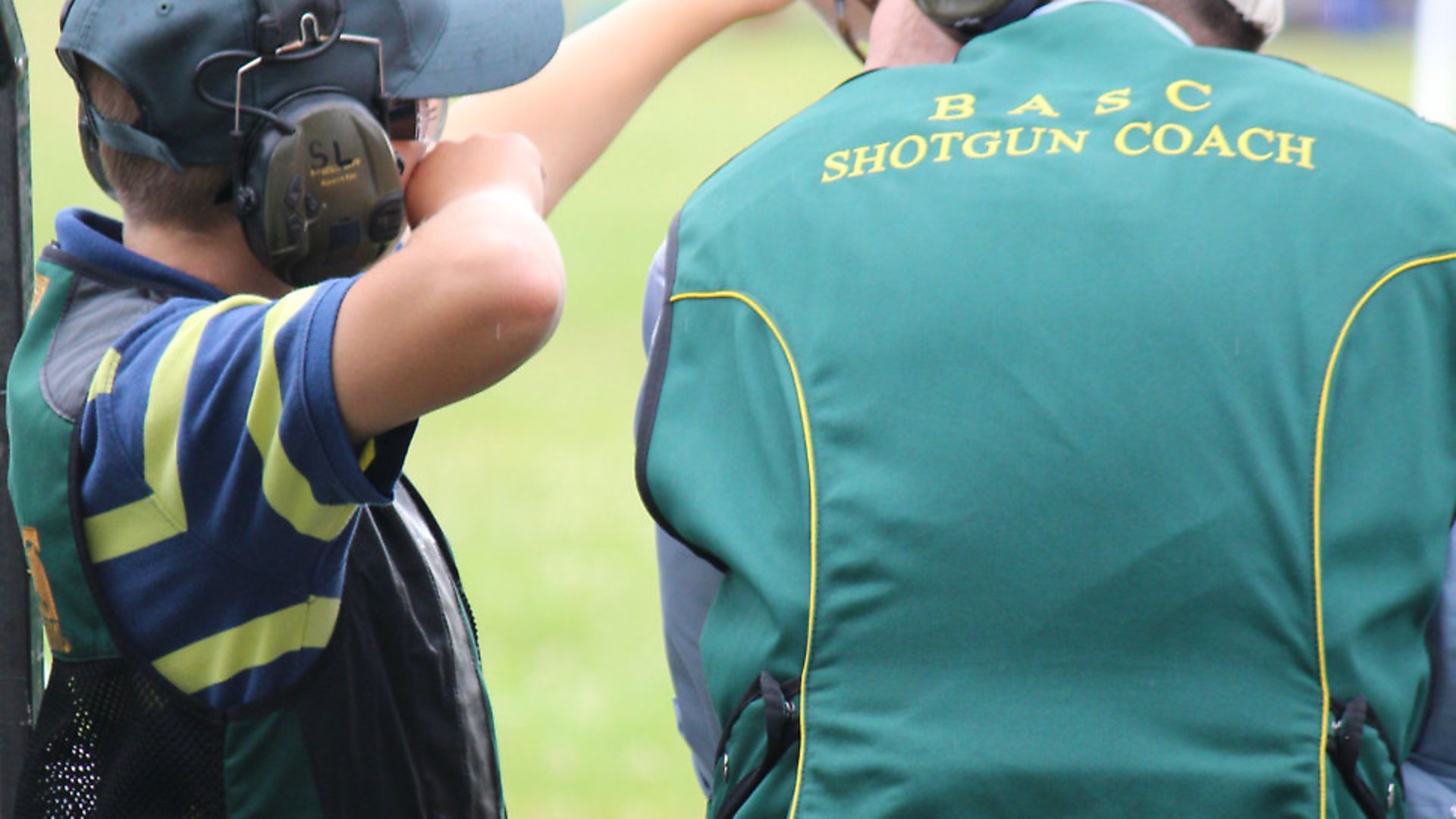 credit: Archant
credit: Archant
If shooting is not to become a dying sport (no pun intended), we need to bring new, young blood into the sport. The more people there are shooting, the more guns and firearms licences there are issued, and the stronger the sport becomes. If you want your local gun shop and clay shooting grounds to continue, we need to maintain or increase the number of people shooting and to support those businesses. We do not want shooting to become an old person's, elitist sport, which in the long-term will lead to it contracting until it ceases altogether.
A question I often hear is: "At what age should I start my son or daughter shooting?" My personal preference would be 10 or 11 years of age, but it depends on the individual young person; every case is different. They need to be capable of physically holding the gun on their own and of taking instruction and concentrating on what they are doing. Most importantly, they need to be able to understand that with a firearm comes responsibilities; it is not a game on a tablet. I started at the age of 11, 50 years ago, with a single-barrel 12-bore Greener GP. It was not really ideal, but I didn't care, it was my gun and I loved it! I think we were tougher in those days.
A young person under the age of 15 can use a shotgun provided they are being supervised by someone over the age of 21, holding a certificate for that gun and with authority to shoot on that land. So, providing you have a shotgun certificate and are over 21 and have permission to shoot over a piece of land, you may introduce your son, daughter or friend legally to our sport. That said, if you can, I would start them off with a good coach, as it will pay dividends in the long run.
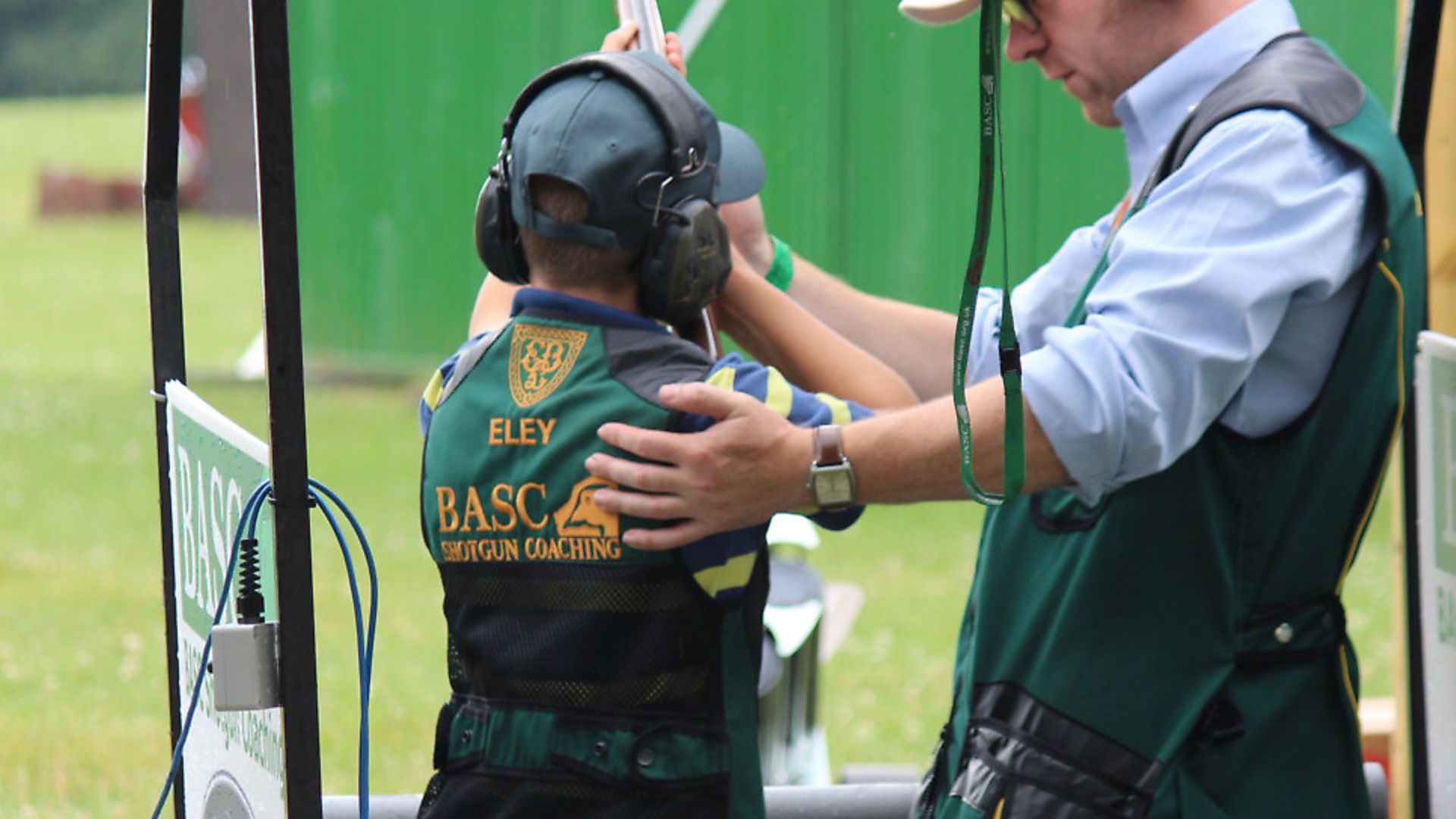 credit: Archant
credit: Archant
GETTING YOUNGSTERS STARTED IN SHOOTING
So, assuming you are legal and your youngster is keen to have their first shots, plan it - please don't just give them your 12-bore side-by-side and put them off for life. First of all, talk to them beforehand about safety and the responsibility that comes with using firearms.
Next, we need to consider what sort of gun to use. If you give an average 10- or 12-year-old an adult's gun, it will be too long, too heavy and have too much recoil; they will not hit much and not enjoy the experience. We need to find a gun with a stock length around 12" to 13½", depending on their height and build. This means that you either have to already have one like that, buy one with a short stock or shorten a gun, new or existing, which seriously damages its value.
One way to make it more future-proof is to remove the butt plate, drill ¼" holes into the toe and heel of the butt, around 2½" deep, then cut it shorter, retaining the off-cuts. Later, as they grow, you can position dowels into the holes and refit the offcut. This work is best done by a gunsmith unless you are a cabinet maker. I have seen guns altered at home that look like it was done with a chainsaw. Maybe it was!
What calibre to start the youngster off with? Traditionally, kids would be given a .410 to start with. They have the benefit of being light and having very little recoil, but they also have very little shot and thin patterns. The targets you can shoot with them are strictly limited. If possible, I prefer to start a youngster with a 28-bore. It has much more range and is capable of tackling a greater variety of targets and is better suited for shooting live quarry if that is your intent. A side-by-side has less weight than an over-and-under but is more difficult to use and less weight in the gun means more recoil. Choose a cartridge with a light load - no more than 18g, shot size No.7 or 8 - for a 28-bore.
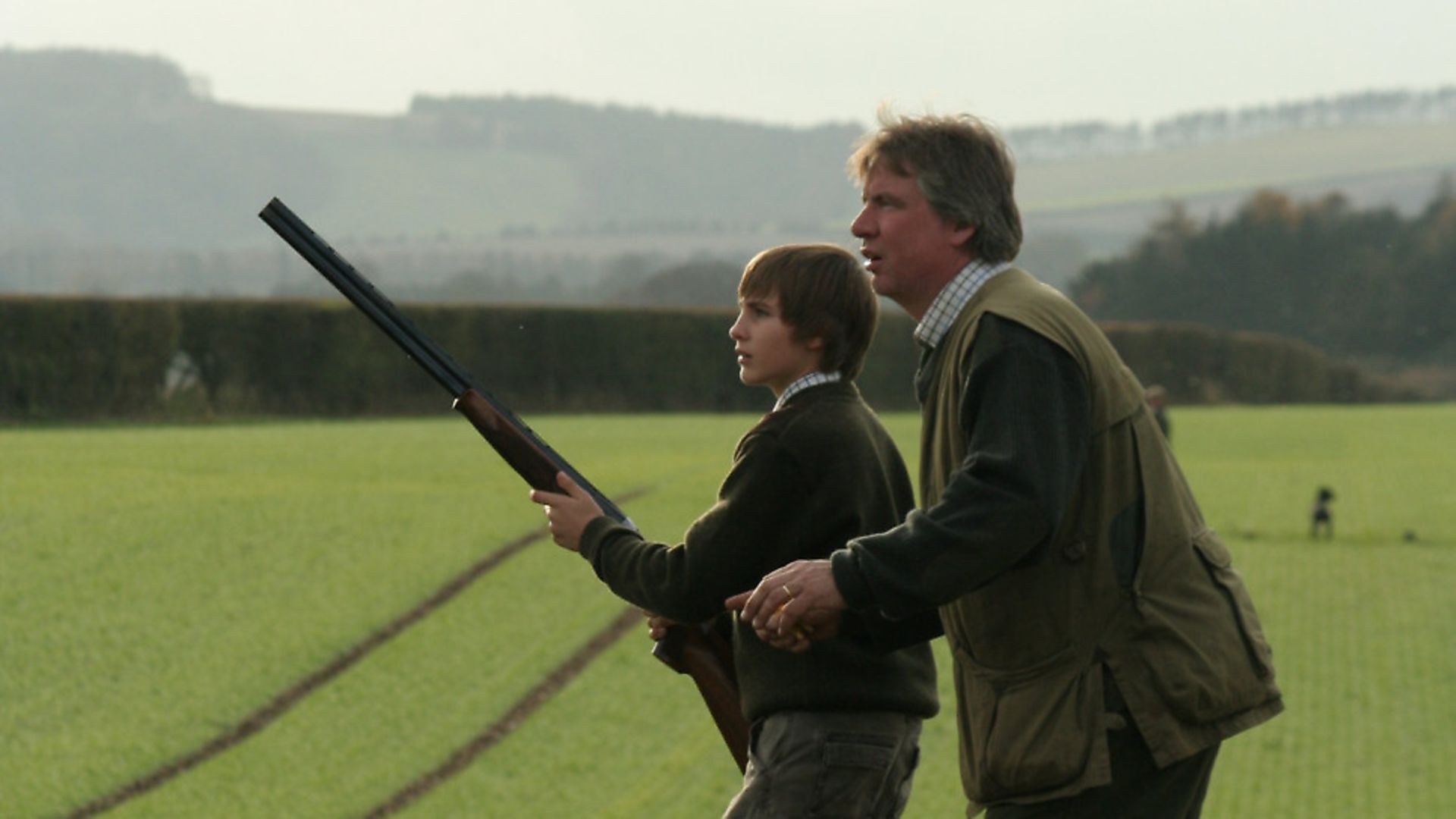 credit: Archant
credit: Archant
SETTING YOUNG SHOTS UP FOR SUCCESS
A child's first few shots need to be fun, successful and enjoyable if you want them to have a future with shooting. Stick them straight on a tower with an overhead driven and they are on the road to misery. Targets cannot be too simple. A very gentle incoming hanging teal is ideal.
Show them how to stand properly, how to mount the gun, how to hold it, how to align the eye with the rib. Explain the process of calling for the bird, what will happen and where to hold the gun.
Let the clay rise gently above the barrel, keep the head on the stock, focus on the bottom edge of the clay, lift with the front hand to follow the clay so that it is in view on the barrel and as it peaks, fire. Watch it shatter. Praise the youngster, make them feel that they have done really well.
Now to the difficult bit. If they miss and keep missing, what do you do next? What is the cause of the problem? Do you have the skills to diagnose it, communicate that to the child and help them through the disappointment? Just continuing to fire until you run out of shells or they give up in tears is not a good option. This is why a good professional coach is ideally suited to the job, one who has access to a range of suitable sizes and types of shotgun for different sized children and appropriate targets.
You need to leave your child with a feeling of success and achievement and wanting more. Better to fire 20 or 25 shots and having hit some, stop, than to fire 50 or more and then see performance go down and to end on failure. Always end on success. Leave them wanting more and rather than leading them to the next shooting session, let them be pestering you, so that they really want to go. If you get it right, you will have a shooting partnership for life. I can never thank my father enough for what he gave me.
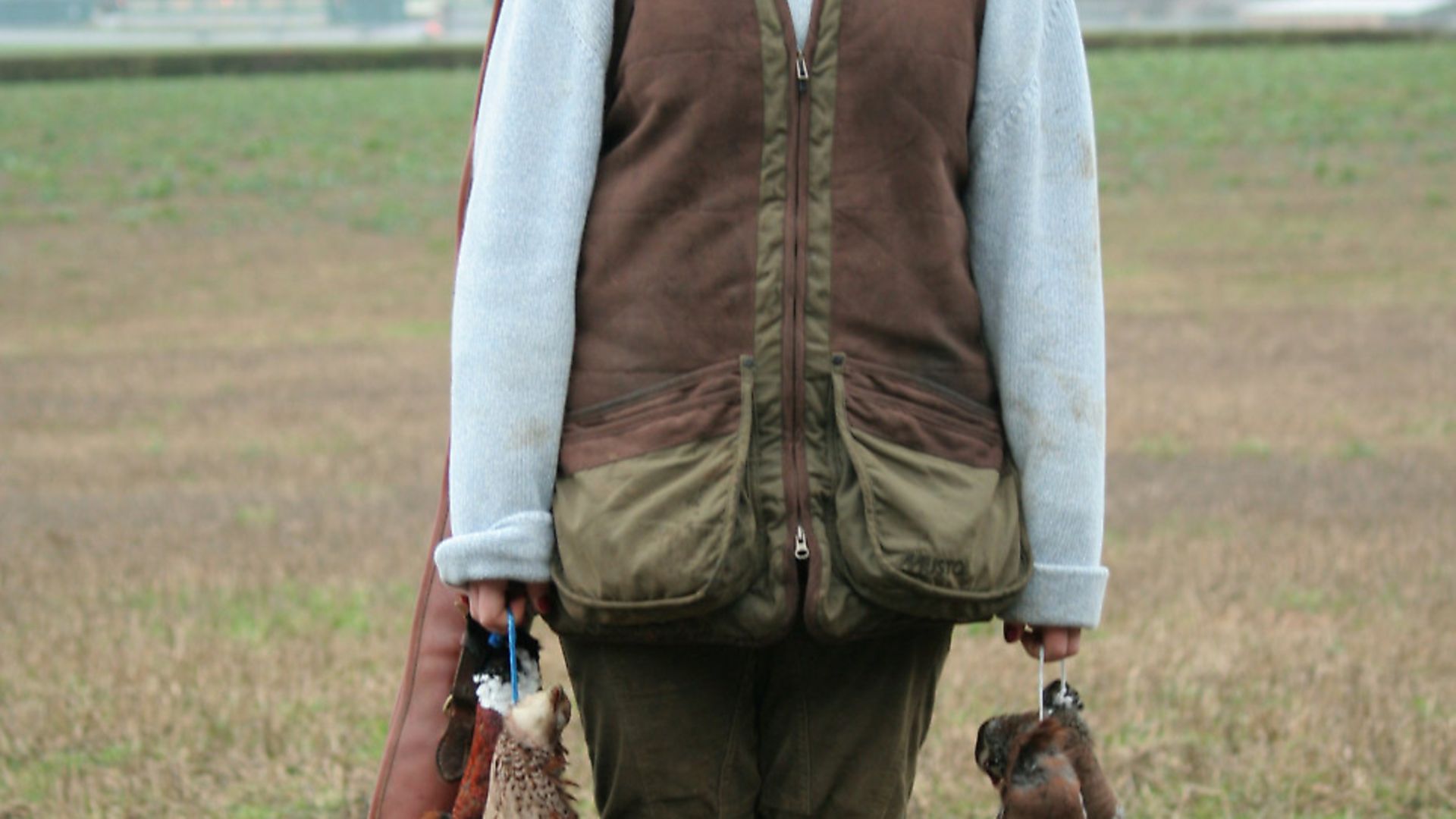 credit: Archant
credit: Archant
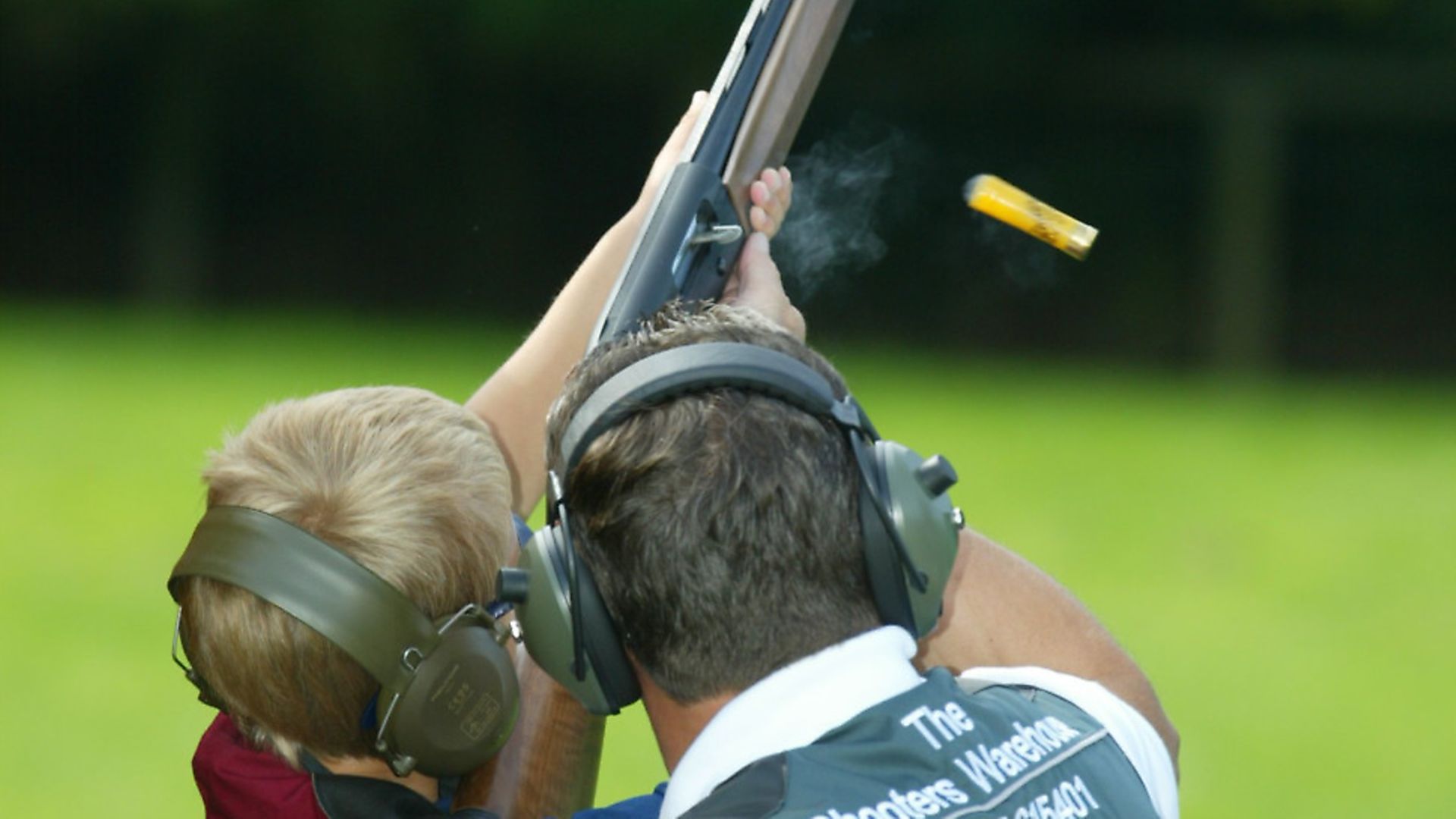 credit: Archant
credit: Archant